Most people are unaware that, next to the famed trio of pyramids at Giza, Egypt, there are two smaller pyramids that have just their foundations left, one of which is the Pyramid of Zawyet El Aryan.
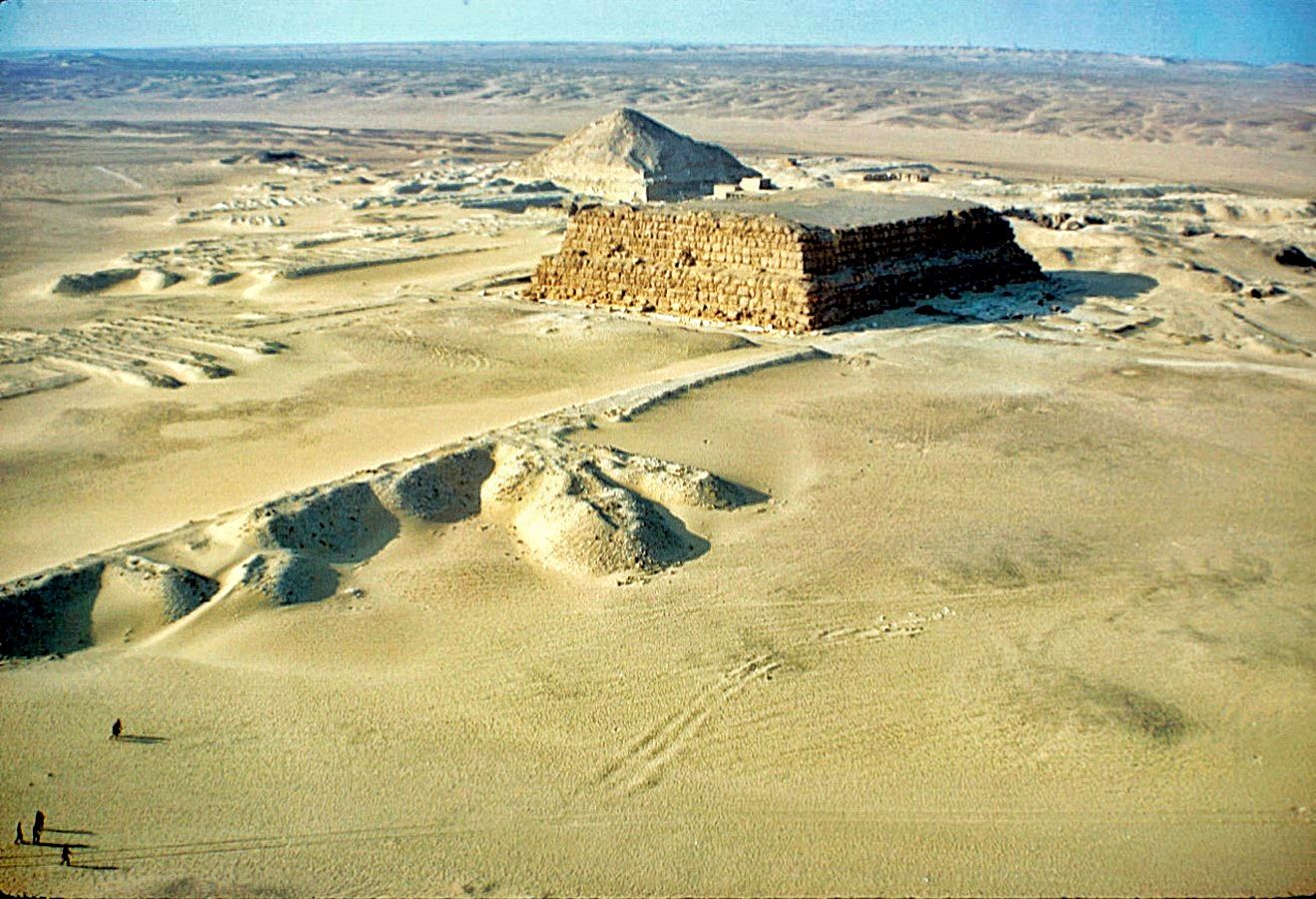
One is known as the Unfinished North Pyramid of Zawyet El Aryan and is located almost 5 kilometers southeast of Giza; the other, smaller, is known as Layer Pyramid. Archaeologists claim they are incomplete pyramids, but according to many theorists, the pyramids aren’t incomplete, they were demolished long ago. They in fact believe, the underground building isn’t a burial chamber or grave, and the granite bathtub archeologists discovered isn’t actually a sarcophagus.
On the other hand, when it comes the online information on the unfinished North Pyramid of Zawyet El Aryan, you will discover that it is frequently incorrect or deceptive most of the time. To say, the origin of this ancient ruins has remained an unsolved historical mystery to date.
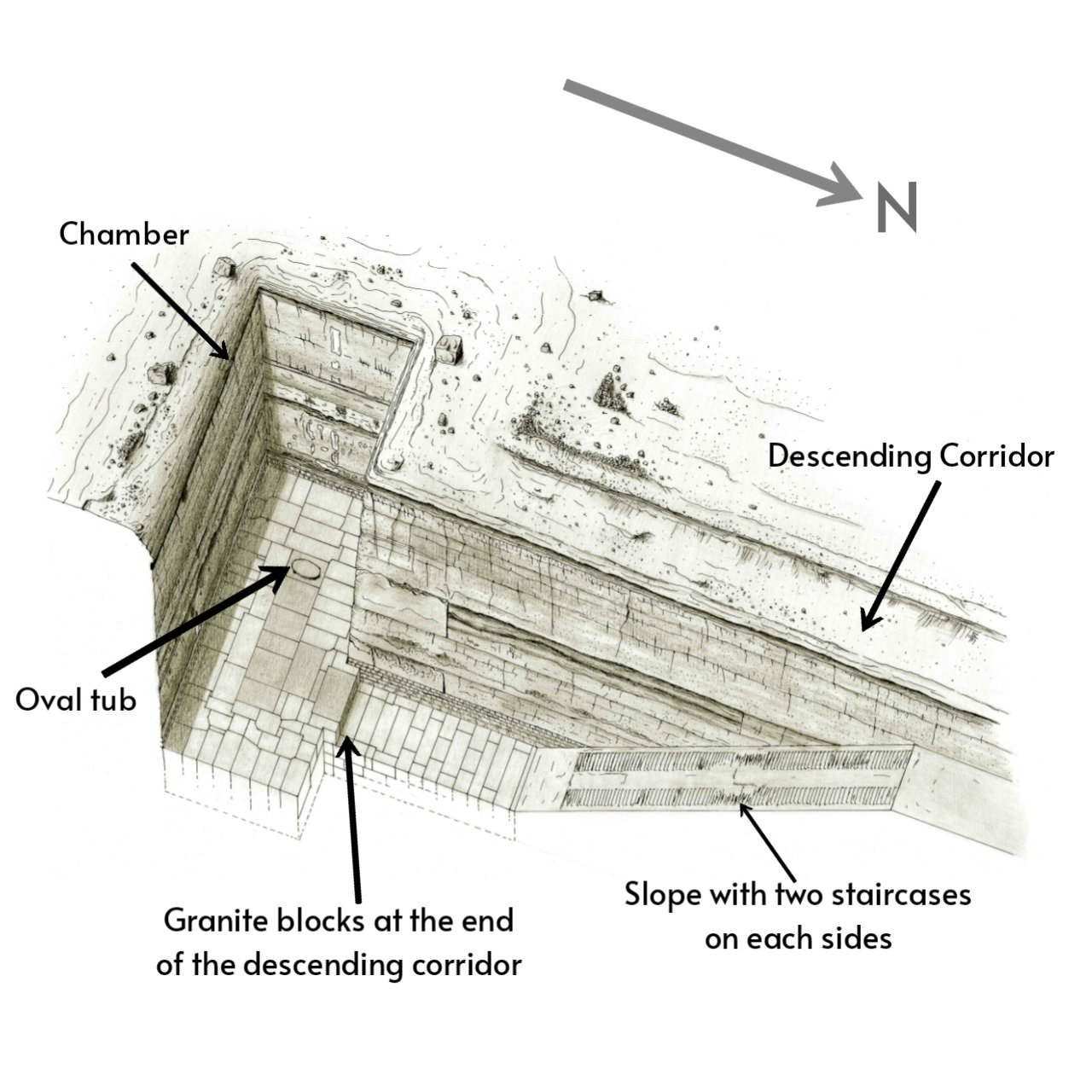
In 1900, the Italian archaeologist Alessandro Barsanti discovered the pyramid’s remnants and began digging in 1904. His initial account, written in French, describes the underground passages, the chamber, and the strange circular bathtub. His description of this stone tub, as well as how it was sealed and kept, is quite amazing.
Despite the fact that Barsanti was amazed by the great quality of the stonework on the descending well and the open area at the bottom, no one else looked into this monument.
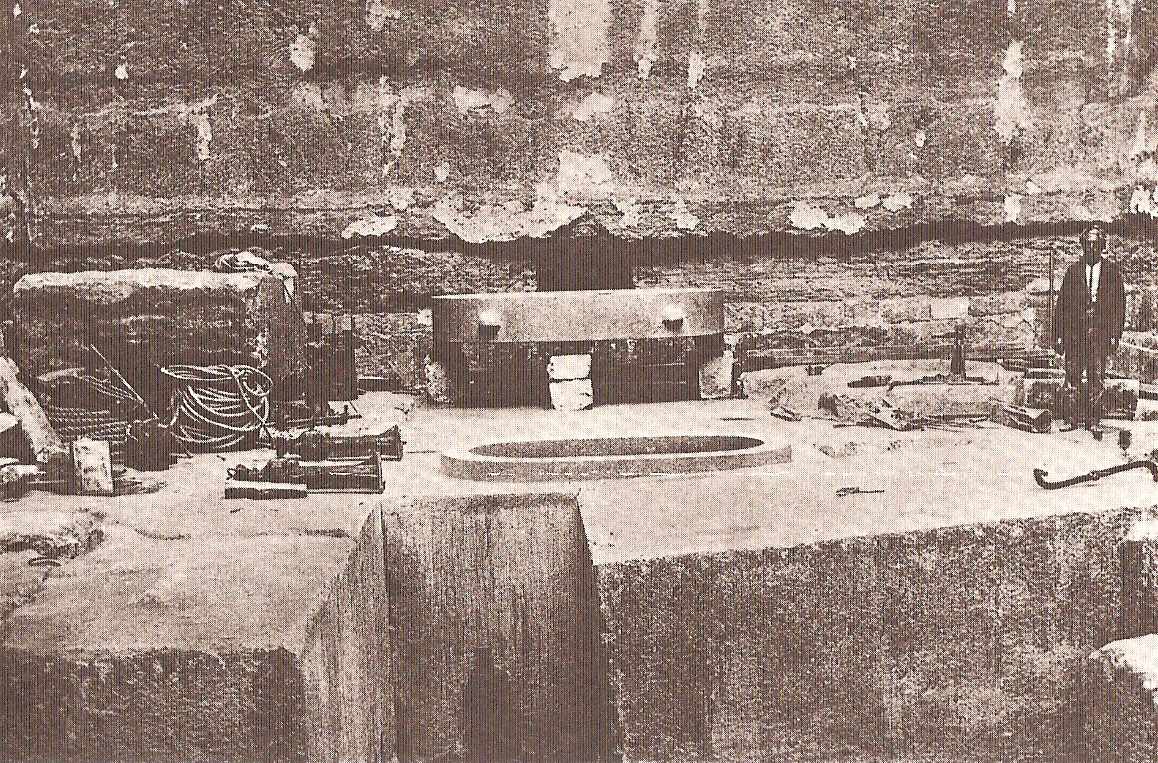
The pyramid has been in a restricted military area since 1964, and further excavation is banned. The whole base of Zawyet El Aryan’s North Pyramid is made of local limestone. Its base is 200 meters long, making it nearly as tall as the Great Pyramid of Giza. From this rock, a massive descending tree was carved, leading to a subterranean chamber.
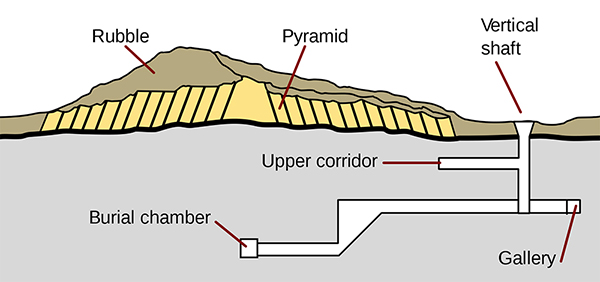
Even though all of the stone chests (which were not sarcophagi) found in the pyramids were empty, and all of the pharaohs and aristocrats were buried in the Valley of the Kings, archaeologists still attribute this interior space to a funerary function, where the pharaoh was supposed to be buried.
According to some academics, the pyramids’ structure and inner architecture indicate that they were technical instruments designed to gather energy from the earth and the cosmos and likely harness this energy for many purposes.
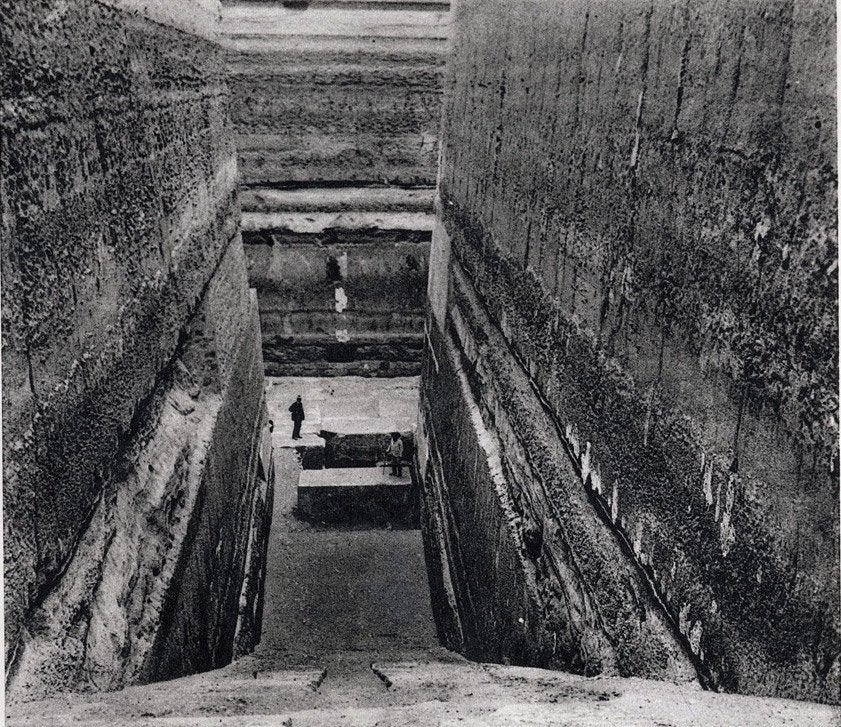
Some claim that the pyramid builders (in Atlantis) used liquids and gases inside the pyramids, which is intriguing given the granite tank at the foot of the North Pyramid of Zawyet El Aryan. Others claim that the subterranean water veins generated electrical and sound vibrations that were enhanced by the pyramid’s construction.
We don’t know how the pyramids operated since the Atlanteans utilized a different technology and the remnants were wrecked. Yes, many have thrown their intriguing questions to the actual age of the Great Pyramids and the Sphinx; therefore, many consider that the majority of the pyramids were constructed over thousands of years ago during the Atlantean period.

Much of Egypt was left in ruins when this enigmatic city vanished and the coastal plains were destroyed by massive tsunamis. After a few thousand years, the dynasty Egyptians settled there, incorporating the pyramids and everything else they discovered into their society.
For example, we can observe that some of the dynasty temples, which were made with little stones, were built atop enormous blocks of stone weighing several tonnes, which served as the residual foundation of the Atlantean structures.
It has also been stated that at some point, most likely when the Atlantean civilization came to an end, there was a malfunction in pyramid technology and disasters occurred.




